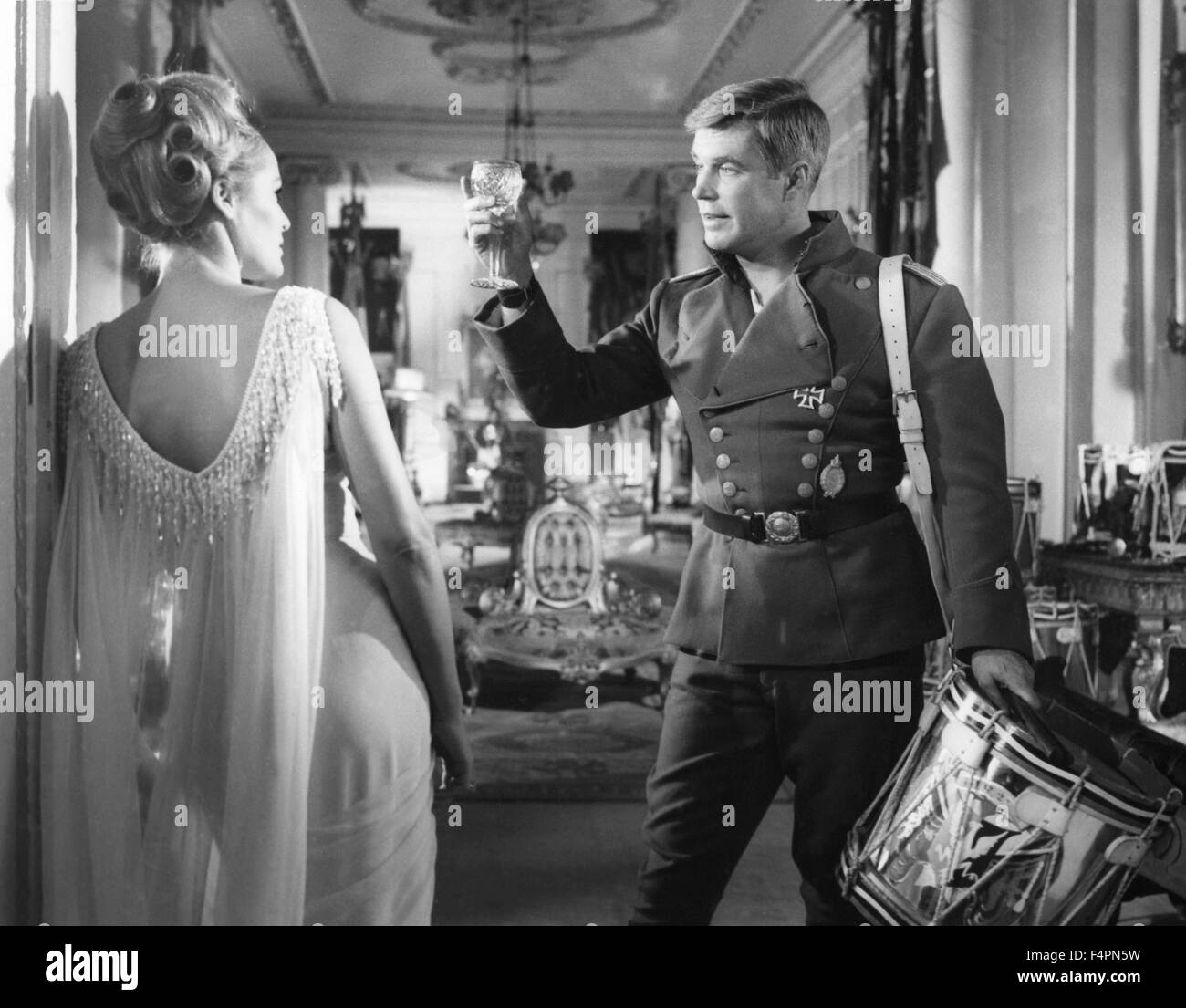
Director John Guillermin, thus far best known for Tarzan movies, was determined to make the most of his big break. German WWI pilot Kurt Delang, with two victories as a senior NCO in Jasta 10, served as technical adviser.
The blue max full movie movie#
On the other hand, Rousseau delivered its D.VIIs by actually flying them from France to the set in Ireland-their German crosses and lozenge camouflage no doubt raising eyebrows below.Īnthony Squire, a WWII flying boat pilot who learned movie work with the RAF Film Unit, would direct the air action. “Most of the aircraft for The Blue Max were constructed in less than five months,” Piggott remembered, “and were flown for the first time only days before the filming began.” There was a friendly competition among the builders to deliver first. Gipsy Queen 3 200-hp 6-cylinder inlines powered both the S.E.5as and D.VIIs since the Fokkers’ original Mercedes weighed almost twice as much, they required some 200 pounds of nose-ballast for balance. Similarly, the Bitz triplanes used Siemens-Halske SH-14 radials instead of Oberursel rotaries. The PPS Pfalz was a rebuilt de Havilland Gipsy Moth with a 4-cylinder 140-hp Gipsy Major engine, including a pair of fake cylinders and exhausts to enable it to pass for the original Pfalz’s 160-hp Mercedes inline-6. Given time and material constraints, some sacrifices to authenticity had to be made. of Shoreham, England, built two S.E.5a scouts. For the “enemy,” Miles Marine and Structural Plastics Ltd. Personal Plane Services, in Buckinghamshire, England, built a Pfalz D.III, and the Hampshire Aero Club another. Meanwhile Bitz Flugzeugbau GmbH of Augsburg, West Germany, built two Fokker Dr.I triplanes, and Rousseau Aviation of Dinard, France, constructed three Fokker D.VII biplanes. A similarly converted French Morane-Saulnier MS.230 stood in for the Fokker E.V parasol monoplane in the film’s final sequence. De Havilland D.H.82 Tiger Moths and a pair of Stampe SV.4Cs with their front cockpits faired over filled out dogfight sequences.

In German and British paint schemes, a Caudron C.276 Luciole served as a reconnaissance plane for both sides. Stunt flier Lynn Garrison, a colorful ex–Royal Canadian Air Force pilot, airshow promoter and aircraft collector, helped assemble the fleet. The Blue Max required Fox to assemble two miniature air forces, at the cost of about a quarter-million dollars-in today’s money, nearly $2 million. Aircraft made of wood and cloth tend to rot, and five decades after the Great War the owners of the few surviving WWI warbirds weren’t inclined to risk them making movies. Not to mention that the stunt would have to be flown in an airplane virtually hand-built from scratch.



Perhaps I was the only pilot who did not say that all the bridges looked quite hopeless.” “I often wonder now whether Christian showed all the pilots these photos in order to see their reaction, and to try to decide who he would ask to do the job when the time came. “He must have had photos of almost every bridge in Ireland,” recalled Piggott, who had flown Airspeed Horsa gliders for the RAF in World War II, set a postwar glider altitude record (22,800 feet without oxygen) and broken into movies flying pre-WWI replicas in Those Magnificent Men in Their Flying Machines. He meant to make the greatest WWI air combat film of all time: The Blue Max. The script called for a biplane to fly under a bridge, and producer Christian Ferry did not intend to use remote-control models. Filmed 50 years ago, long before the advent of CGI, the World War I aviation epic required two air forces built from scratch and stunt pilots willing to risk it all.Īrriving at Ardmore Studios, Dublin, Ireland, in 1965 to begin work on a new 20th Century Fox World War I dogfight movie, stunt pilot Derek Piggott learned he was in for more than just zooming around the skies, popping off smoke bombs and fake bullets while cameras rolled.


 0 kommentar(er)
0 kommentar(er)
